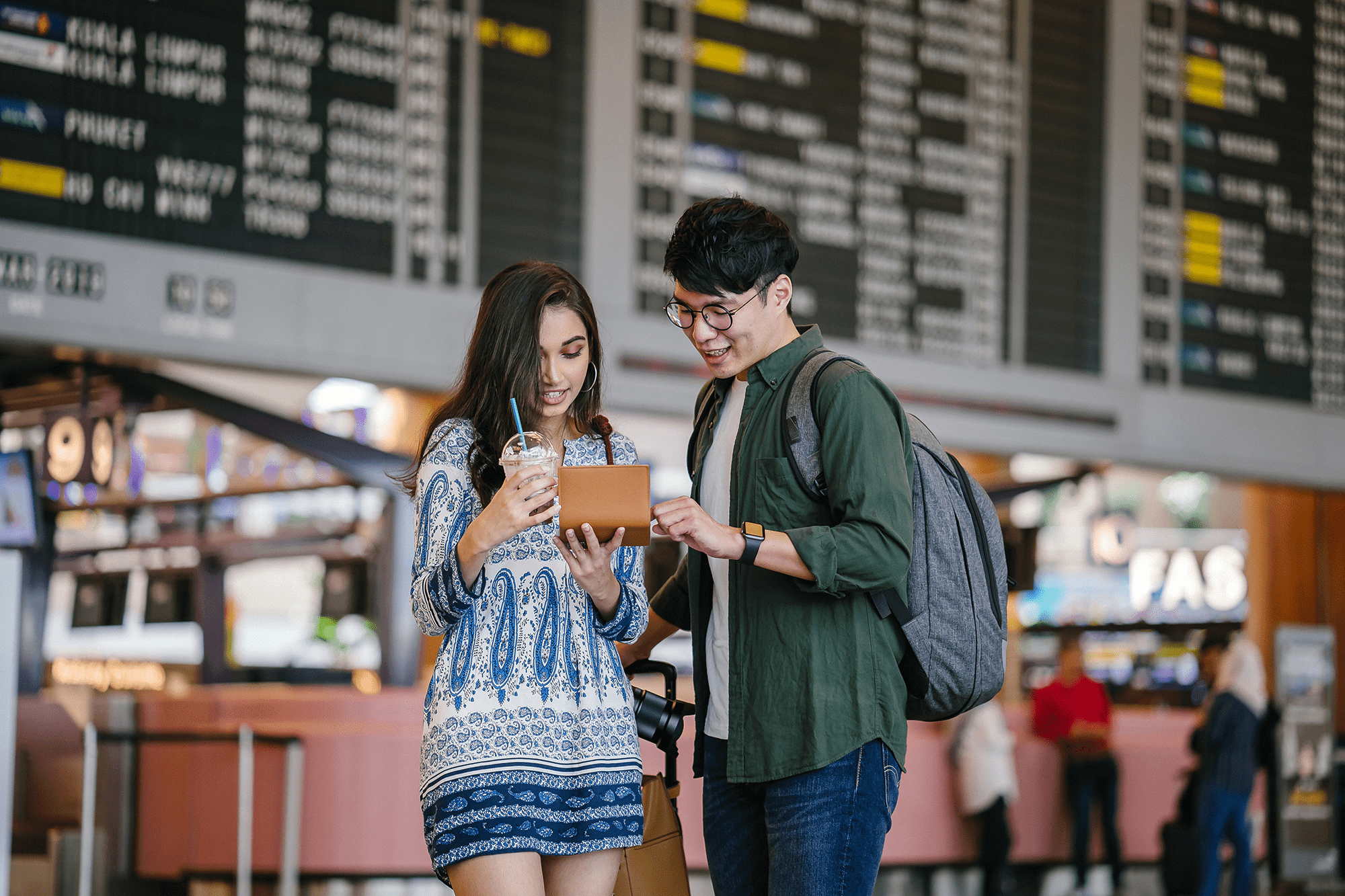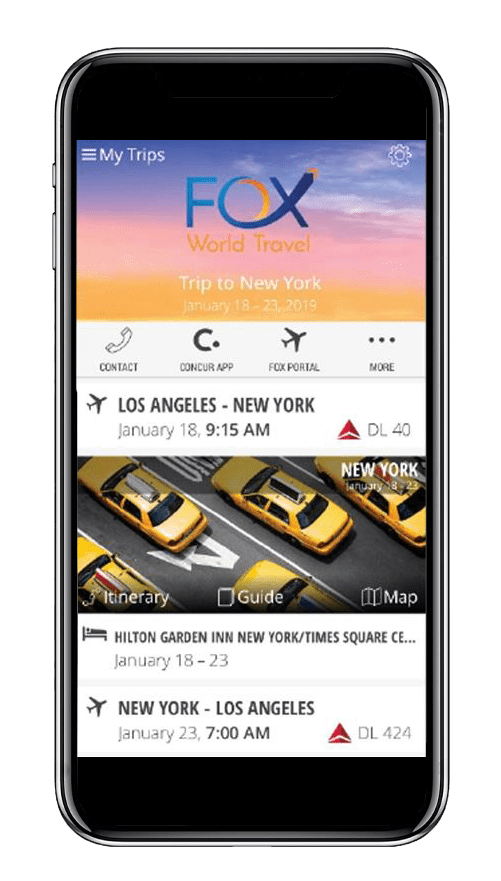Why You Need to Hear the Silent Traveler
This article originally ran in The Company Dime on July 16, 2021.
Silent travelers can be found in every organization’s travel program. How are you listening?
“Silent Travelers” are our most challenging travelers to hear. Often, they are technology-forward, self-sufficient employees who are less likely to communicate through traditional channels. With Generation X and Millennials representing the majority of today’s workforce, the silent traveler population has significantly grown. Today, Millennials account for 38% of business travelers—the largest segment— followed by 23% Gen-Xers. Travel programs that invest in listening to the silent traveler today, will have the foundation to engage this traveler-base for years to come, especially with the oldest Generation Z’s now beginning their careers. In an era of health and safety conscious travel, keeping a pulse on traveler sentiment has arguably never been more important.
What exactly is a silent traveler? A silent traveler traditionally books travel digitally, checks-in for their flight using a mobile device, bypasses the car rental desk heading straight for their assigned car, and in many hotels, uses a kiosk to receive their room key. In essence, they rarely depend on human interaction while traveling.
Similar to how they travel, silent travelers won’t always share their experiences or sentiment through traditional methods such as email, phone, or live communication. Silent travelers take to social media to post, tweet, or snap a photo of their travel experience, and the content they share isn’t the same as direct feedback. This will only increase as next-generation workforces turn more to social media for customer-service interactions. Travel suppliers are investing in real-time and sometimes scheduled social and text communication for travelers. Engaging in the midst of travel such as mid-flight or while still in a hotel, provides convenient and time relevant space for travelers to express their sentiment. If there’s a problem and it can be resolved before the traveler’s experience with the supplier is over, it reduces the likeliness that a traveler may take a poor experience to social media. In addition to mitigating reputation risk if a “less than” experience has taken place, more importantly this on-demand engagement provides travel suppliers the opportunity to make it right before the experience has ended.
“Listening” to this live, instant interaction will reveal where your organization’s travel program and suppliers both delight and disappoint. Establishing a formal travel program presence on platforms like Snapchat, Twitter and Instagram, or simply “following” your road warriors on social media, will deliver new intelligence to help shape your travel policy or negotiation of preferred suppliers, among other benefits.
As a first step to connect with silent travelers, Fox utilizes Net Promotor Score (NPS), customer experience metric to engage travelers beyond traditional channels. The frequent and consistent application of this request for feedback provides an easy and timely opportunity for even the most silent travelers to provide their feedback with a one question survey: Would you recommend Fox World Travel. The result: Fox and Fox customers receive real-time traveler feedback, giving Fox the opportunity to provide immediate service recovery to travelers when needed and gather voice of customer insights to improve the traveler journey.
While formal channels will continue to deliver useful information, silent interactions reveal additional insights that must be considered when shaping a travel program. How are you listening? Share your thoughts with us.















